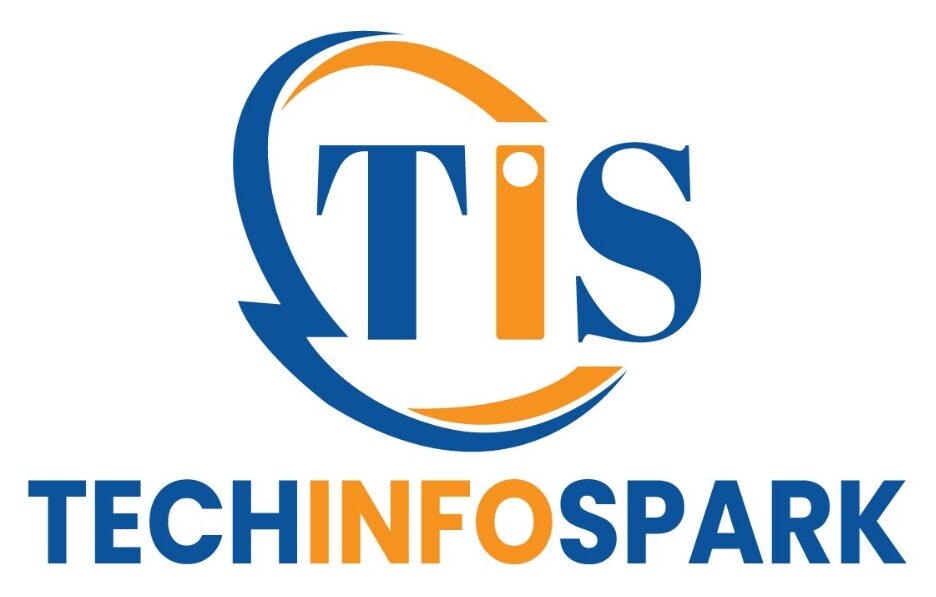In recent years, robots have moved beyond the pages of science fiction and become an active part of our everyday lives. No longer confined to futuristic films or advanced factories, robots are now found in homes, schools, hospitals, and even supermarkets. As the technology becomes more affordable and user-friendly, it’s transforming how we live, work, and interact with the world.
What Exactly is Robotics?
Before exploring how robots are used today, it’s helpful to understand the field itself. Robotics is a branch of engineering and science focused on designing, building, and operating robot’s machines that can perform tasks either independently or under human supervision. Many modern robots incorporate artificial intelligence (AI), sensors, and other technologies to function with minimal input.
Robots come in many forms not just human like figures. They can be cleaning devices like robotic vacuums, drones, robotic arms in factories, or even software bots that automate office tasks. When paired with AI, these machines can adapt to their environment, make decisions, and perform complex actions autonomously.
Robotics in Everyday Homes
One of the most noticeable places robots are making a difference is right at home. Devices like robotic vacuum cleaners (e.g., Roomba) now handle cleaning with minimal effort from homeowners, navigating around furniture and mapping rooms for efficiency.
Robotic lawn mowers also offer hands-free yard maintenance. Meanwhile, smart appliances such as intelligent coffee machines and fridges can learn user habits, manage energy use, and make everyday tasks easier.
Voice assistants like Amazon Alexa or Google Assistant aren’t physical robots, but they serve similar purposes by using AI to manage other devices, play music, or answer questions, effectively blending robotics with our daily routines.
Robotics in Healthcare
In the medical field, robotics has revolutionized care and treatment. Surgical robots like the da Vinci system allow doctors to perform delicate procedures with precision, leading to less invasive surgeries and quicker recovery times.
Rehabilitation robotics, including wearable exoskeletons, help patients with mobility challenges recover independence after injuries or strokes. These devices guide limbs through therapeutic motions, promoting neural and physical recovery.
For elder care, social robots such as Pepper or Paro the robotic seal provide companionship, monitor health indicators, and remind users to take medications supporting both emotional and physical well-being.
Robots in the Classroom
Robots are also making waves in education. Interactive machines like NAO and Cozmo engage students in subjects like math, programming, and science through hands-on learning. These educational tools encourage creativity and develop problem-solving skills.
Robotics is especially valuable for special education. For example, some robots assist children with autism by providing consistent social interaction practice in a non-threatening way. These tools support personalized, inclusive learning experiences.
Robotics at Work
Across industries, automation is reshaping how we work. In offices, Robotic Process Automation (RPA) software handles repetitive digital tasks—such as data entry and customer service freeing human workers to focus on strategy and creativity.
In agriculture, robots and drones assist with planting, harvesting, and monitoring crops, increasing efficiency and reducing the need for chemicals. Construction robots now perform tasks like laying bricks or using 3D printing for building components, boosting productivity and worker safety.
Robotics in Transportation
Self-driving vehicles, drones, and delivery robots are reshaping how we move and receive goods. While fully autonomous cars are still in development, many modern vehicles already include robotic features like lane assist and adaptive cruise control.
Drones are widely used for surveillance, agriculture, and aerial photography. Delivery robots are being tested in cities to carry packages directly to customers’ doors. Public transport is also adopting automation, with driverless trains and AI ticketing systems improving efficiency.
Challenges and Ethical Questions
Despite its benefits, the growing use of robotics raises important concerns. Job displacement is one issue, as machines take over manual or repetitive roles. While robotics also creates new tech-based jobs, workforce training and reskilling are essential to avoid leaving people behind.
Privacy and data protection are other major concerns. Robots that collect personal information must be held to strict ethical and legal standards to protect users.
As robotic systems become more autonomous, questions about accountability emerge. Who is responsible if a robot makes a harmful decision or malfunctions? Legal systems must evolve to address these challenges.
What the Future Holds
We’re only scratching the surface of how robotics will influence everyday life. In the near future, we could see multifunctional robots that cook, clean, and provide companionship. Public safety and emergency response may also benefit from autonomous, intelligent machines.
Although hurdles like regulation and public acceptance remain, the long-term benefits of robotics are hard to deny. From simplifying daily chores to performing complex surgeries, robots are empowering us to do more and live better.
Rather than replacing humans, the goal is human-robot collaboration—where machines support our goals and help create a smarter, more connected society.
Conclusion
Robotics is no longer a futuristic concept it’s a reality that’s enhancing our lives in countless ways. Whether helping around the house, assisting doctors, educating students, or improving transport, robots are becoming vital partners in our daily routines. As we move forward, it’s crucial to embrace this innovation while also considering its ethical and social impacts.
From the one and only Team Techinfospark
For more tech blogs, visit our website: Tech Info Sparks



